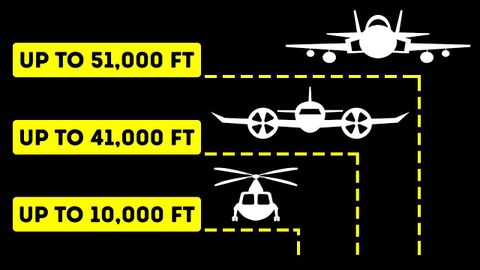
Subtitles & vocabulary
That's Why Airplanes Have to Fly So High
00
林宜悉 posted on 2020/04/26Save
Video vocabulary
determine
US /dɪˈtɚmɪn/
・
UK /dɪ'tɜ:mɪn/
- Transitive Verb
- To control exactly how something will be or act
- To establish the facts about; discover
A2TOEIC
More common
US /ˈkɑmən/
・
UK /'kɒmən/
- Noun (Countable/Uncountable)
- Area in a city or town that is open to everyone
- Field near a village owned by the local community
- Adjective
- Shared; Belonging to or used by everyone
- Typical, normal; not unusual
A1
More separate
US /'sepəreɪt/
・
UK /'sepəreɪt/
- Adjective
- Being different from or unrelated to another
- Not connected; different.
- Transitive Verb
- To divide two things by being in between them
- To move things away from each other
A2TOEIC
More commercial
US /kəˈmɚʃəl/
・
UK /kəˈmə:ʃəl/
- Noun
- Radio or television advertisement
- Adjective
- Designed for or primarily concerned with financial success.
B1
More Use Energy
Unlock All Vocabulary
Unlock pronunciation, explanations, and filters
